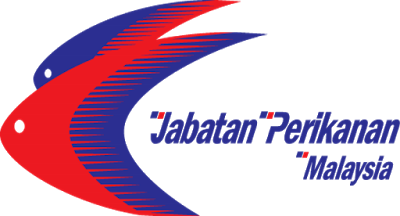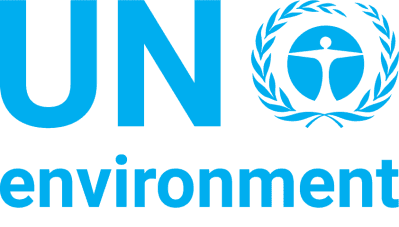Background & Situation Menu
Status and Trends in Fisheries and their Habitats Threats, root causes and barrier analysis Institutional, sectoral and policy context Stakeholder mapping and analysis Baseline analysis and gaps Known Areas of Critical Significance to the Life-Cycles of Fisheries Resources Priority Fisheries Refugia Areas




Establishment of Fisheries Refugia in Malaysia:
Background and Situation Analysis to Support
Stakeholder mapping and analysis
The South China Sea provides the much needed food resources and employment to the majority of people living in the coastal area of the east coast of Peninsular Malaysia, Sarawak and Sabah. The fishermen in Malaysia consist of the small scale fisheries which operated in the coastal area and using the traditional gears like hook and line, traps, gill net, etc. The more affluent fishermen on the other hand operated in the area of more than 5 nautical miles using trawlers and purse seine. These fishermen from the stakeholders in the capture fisheries.
Apart from fishing, the fishing communities along the coast of the South China Sea also involve in other activities. Farming is one of the major activities conducted by the fisher folks. This activity will help supplement their income as most of them are from the lower-income group. Nearby industries also help provide employment for the coastal communities. Other sectors like fish processing activities, fish marketing, boat, and engine repair also provide some employment. The latest activity being undertaken by the coastal fisher folks is ecotourism. The development of some of the islands for tourism provides other eco-related activities with some form of employment.
The government is a great concern on the wellbeing of the fishing community especially the small scale fishermen. The government set up The Fisheries Development Authority of Malaysia (LKIM) with the objective to upgrade the socio-economic status of the fishermen community in particular to enhance their income and to develop and expand the fishing industry. The functions of the LKIM are:
to promote and develop efficient and effective management of fishery enterprises and fish marketing;
to create and provide credit facilities for fish production and to ensure that such facilities are being ultimately utilized;
to engage in fishery enterprise through boat construction, and the production and supply of fishing gears and equipment;
to promote, facilitate and undertake economic and social development of the Fishermen's Associations;
to register, control and supervise Fishermen's Associations and Fisheries Co-operatives and to make provisions for matters related thereto; and
to control and co-ordinate the implementation of the aforesaid activities.
Fisherfolks are also encouraged to join the fishermen associations. There are various types of fishermen's institution which are formed by the fishermen themselves. They include the National Fishermen's Association (NEKMAT), State Fishermen Association, Area Fishermen Association and Fishermen Co-operatives. To date, there are 116 of such institutions of which over 60% of the fishermen in Malaysia are members. The State and Area Fishermen's Association are also members of the Malaysian Investment Co-operative which act as an investment arm that helps promote savings, investment, and business through its activities.
The Fishermen Association (PN) can be categorized as a multi-purpose cooperative which offers the members various different but related or complementary, activities; e.g. marketing, input supply, credit, processing, insurance, retail stores, educational/guidance activities. It is generally believed that a multi-purpose cooperative fulfills a greater need and has a better chance of success than a single-purpose cooperative which restricts itself to one particular activity. In one PN, they could meet the normal requirements of fishermen. Their volume of business would be larger and overhead costs lower. The other advantage is that in the multi-purpose cooperative, it would be possible to establish a close linkage between credit, marketing, and supplies. It means that fishery credit has the best chance of success if it is combined with supply and marketing. For example, PN provides credit to a member for his inputs, supplied by PN, which also markets his catch, and records the loan at the same time. Care must be taken, however, to minimize the risk by adopting a step by step approach. It is normally believed that credit should be started only after marketing and input supply have been firmly established.
In theory, there is no limit to the range of things that a PN can do. Examples can be found of PN taking part in many economic activities as well as non-economic or social activities which include the following:
Marketing
Input supply
Credit and saving
Processing
Cold Store/ice making
Boat repair workshops
Cooperative retail shops
Insurance
Aquaculture
Overall, the responsibility to manage the fishery resources is the responsibility of the Department of Fisheries. Realizing the importance of the resources for the national food security and also to the fishing folks the DOF has taken a few measures like deployment of an artificial reef, exit plan for trawlers, bigger cod-end mesh size and also the introduction of the ecosystem-based fisheries management.